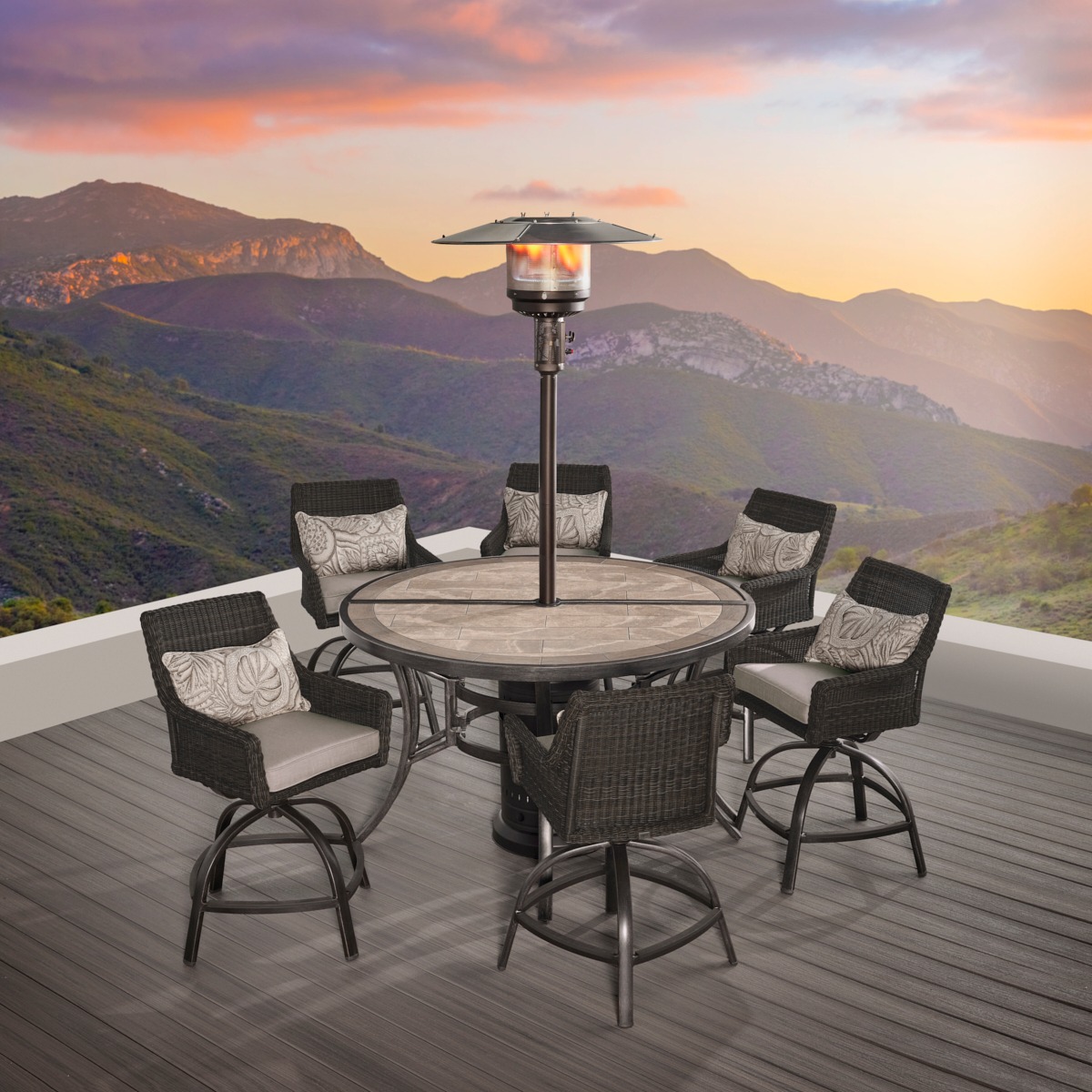When materials like poly lumber and wicker were first incorporated into outdoor furniture, the category was elevated to a new level that made it more fashionable and accessible than ever.
Neuwood — Foremost Groups’ proprietary, patented woodlike polymer developed over eight years by scientists studying the makeup of real wood — is on the path to change the industry in the same way.
That’s according to industry veteran Jim Sica, who has more than 40 years of experience in the outdoor category, from owning Jimmie’s Rustics, a multi-location retail store, to working with Art Van Furniture and creating his own companies Patiologic and Patiology.
When Sica was approached by Foremost Groups to bring Neuwood to Veranda Outdoor Living, the company’s outdoor furniture arm, he was excited about the opportunity this material brings to the industry.
Unlike other synthetic wood substitutes, Neuwood feels and looks just like real wood to its core.

“You can even put it on a lathe and turn it and it looks like a piece of maple — it’s quite remarkable,” Sica says. “You can also bend it on, and that’s one thing I’ve seen very little of out of any material in the industry that’s been proven to be a good polymer.”
He says this helps keep Veranda on-trend because one of the biggest design trends in the industry right now is the curve. The company also offers Neuwood as an alternative to teak — especially now when consumers want as little hassle as possible when it comes to upkeeping outdoor furniture.
“And we can do it,” Sica says of curves. “We don’t have to make furniture that looks like planks, and we’re not confined to one look. We can carve it and make butterfly joints — all these intricate details that really are typically only found in indoor wood products.”
At the Casual Market in July, Sica demonstrated the qualities of Neuwood using a tiny baseball bat made from the material. He threw it around, smashed in on the floor and tried to damage it in any other reasonable way you can think of, but the material didn’t break or even scuff.
This is because the material is made using biomimicry,

One of the things they struggled with during the development process was having the correct density so that it could handle broad, large spaces like tabletop. Biomimicry solved this problem, and Sica explains how it works by comparing it to Velcro.
“With Velcro, the designers looked at how certain plants had little hooks that let them grab on to things and designed it based on nature,” Sica explains. “Neuwood was designed in a similar way, where the scientists look at a tree and its rings. They saw a dense layer, which is the ring of the tree, the growing part, and then there’s the pulpy layer, and that pattern repeats throughout the tree.”
The product can essentially do anything wood can do, according to Sica, except that it can go outside, bugs won’t eat it, it doesn’t warp or get hot to the touch and it doesn’t get dirty.
There’s also a sustainable component to Neuwood that the company holds very close.
Foremost has a no-waste program, meaning there’s virtually no waste in its manufacturing of this product. And it’s 100% recyclable.
“Our owner, Joe Chen, is actively pursuing and believes that he can have in place within three years, a system where we do our own recycling,” Sica says. He’s very passionate about getting that done. And he’s already got systems in place overseas, but now he’s working on domestic areas.”

While Neuwood is in its infancy still, Sica says the company is taking things one step at a time. But because Neuwood is a sub-brand under the Foremost umbrella, the material can be translated to nearly anything the company designs.
In January in Atlanta, Sica says Foremost will bring outdoor kitchens. The company already creates indoor kitchens, but Neuwood allows them to bring these designs outdoors.
“We’re just getting started,” Sica says. “The breadth of product that we’re interested in offers a ton of opportunities for Neuwood and Foremost.”








